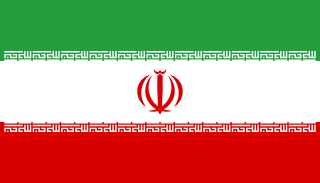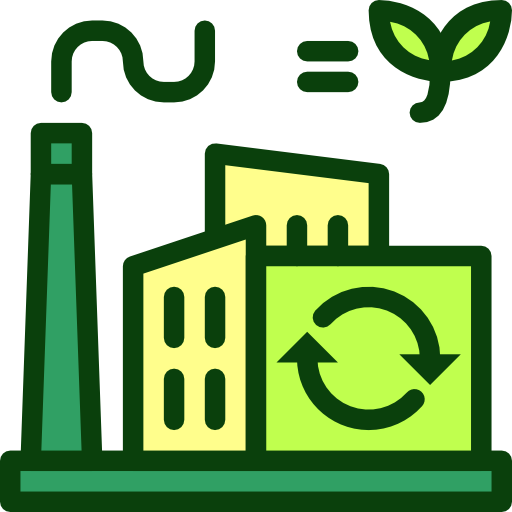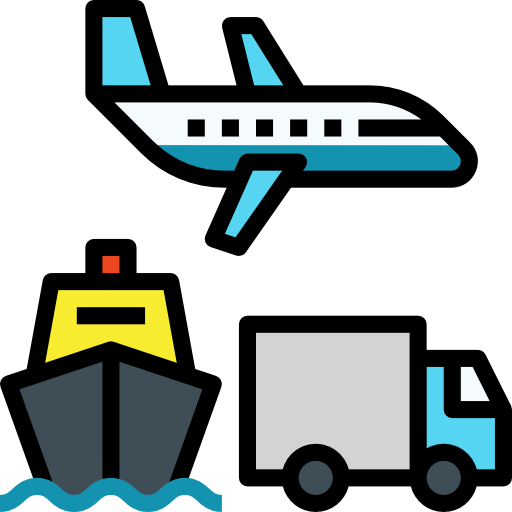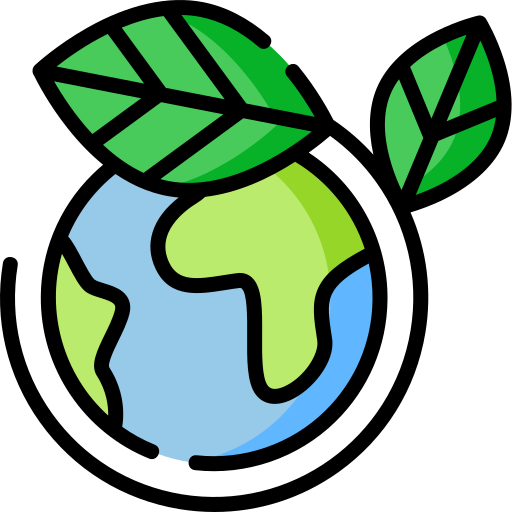Iran - Environment

As far as the environment of Iran is concerned, there have been . As for nvironment - international agreements, we have; .
About the environment of Iran
| Climate | We have mostly arid or semiarid, subtropical along Caspian coast |
|---|---|
| Revenue from forest resources | |
| Revenue from coal | |
| Waste and recycling | Municipal solid waste generated annually: 17.885 million tons (2017 est.) |
| Total renewable water resources | 137.05 billion cubic meters (2020 est.) |
| Major rivers (by length in km) | |
| Total water withdrawal | |
| Municipal | 6.2 billion cubic meters (2020 est.) |
| Industrial | 1.1 billion cubic meters (2020 est.) |
| Agricultural | 86 billion cubic meters (2020 est.) |
| Air pollutants | |
| Particulate matter emissions | 31.62 micrograms per cubic meter (2019 est.) |
| Carbon dioxide emissions | 661.71 megatons (2016 est.) |
| Methane emissions | 158.71 megatons (2020 est.) |
| Land Use | |
| Agricultural land | 29% (2022 est.) |
| Agricultural land: arable land | arable land: 9.7% (2022 est.) |
| Agricultural land: permanent crops | permanent crops: 1.2% (2022 est.) |
| Agricultural land: permanent pasture | permanent pasture: 18.2% (2022 est.) |
| Forest | 6.6% (2022 est.) |
| Other | 64.4% (2022 est.) |
| Urbanization | |
| Urban population | 77.3% of total population (2023) |
| Rate of urbanization | 1.32% annual rate of change (2020-25 est.) |
| Major urban areas (Pop) | 9.500 million TEHRAN (capital), 3.368 million Mashhad, 2.258 million Esfahan, 1.721 million Shiraz, 1.661 million Tabriz, 1.594 million Karaj (2023). |
All Important Facts about Iran
Want to know more about Iran? Check all different factbooks for Iran below.









